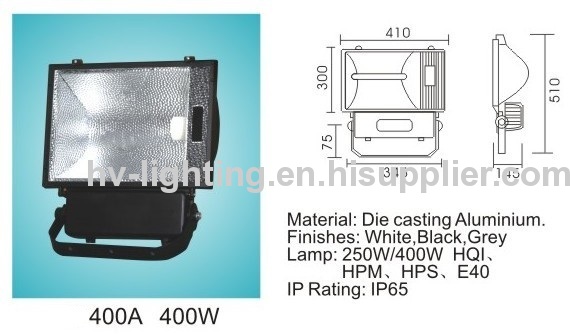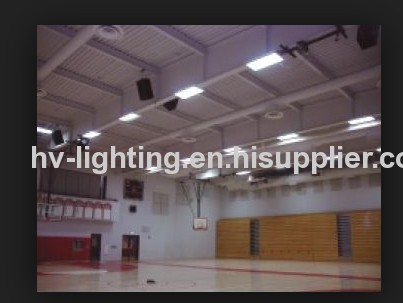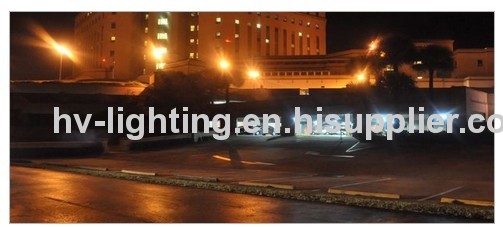
Power source: 110v-230v, 220v-240v
Power frequency: 50-60 Hz
Max watt: 36w, 70w, 150w, 400w, 1000w/2000w, 2X26w
Lamp holder: R7S, E27, E40
IP rating: IP65, IP54
Metal-halide lamps are used both for general lighting purposes bothindoors and outdoors, automotive and specialty applications. Because oftheir wide spectrum,
[4] they are used for indoor growing applications, in athletic facilities and are quite popular with reef aquarists, who need a high intensity light source for their corals.


Because of the whiter and more natural light generated, metal-halidelamps were initially preferred to the bluish mercury vapor lamps. Withthe introduction of specialized metal-halide mixtures, metal-halidelamps are now available with a correlated color temperaturefrom 3,000 K to over 20,000 K. Color temperature can vary slightly fromlamp to lamp, and this effect is noticeable in places where many lampsare used. Because the lamp's color characteristics tend to change duringlamp's life, color is measured after the bulb has been burned for 100hours (seasoned) according to ANSIstandards. Newer metal-halide technology, referred to as "pulse start,"has improved color rendering and a more controlled kelvin variance(±100 to 200 kelvins).
The color temperature of a metal-halide lamp can also be affected bythe electrical characteristics of the electrical system powering thebulb and manufacturing variances in the bulb itself. If a metal-halidebulb is underpowered, because of the lower operating temperature,its light output will be bluish because of the evaporation of mercuryalone. This phenomenon can be seen during warmup, when the arc tube hasnot yet reached full operating temperature and the halides have notfully vaporized. It is also very apparent with dimming ballasts. Theinverse is true for an overpowered bulb, but this condition can behazardous, leading possibly to arc-tube explosion because of overheatingand overpressure.





